What is Liquid Container? ⚗️
→ A liquid container refers to any vessel or receptacle designed to hold and store liquids. It can come in various shapes, sizes, and materials, depending on the intended use and the properties of the liquid being stored. These containers are commonly used in everyday life for storing and transporting liquids such as water, beverages, chemicals, oils, and more.
Features 🔋
- ✅ Material: The liquid container is made of high-quality, durable materials.
- ✅ Capacity: It is available in various sizes to accommodate different volumes of liquid, ranging from small personal sizes to large industrial sizes.
- ✅ Leak-proof Design: The container features a secure, leak-proof design that prevents any spills or leakage, ensuring the liquid stays contained during storage or transportation.
- ✅ Easy-to-Use Lid: The lid of the container is designed for effortless opening and closing, providing convenience and easy access to the liquid inside.
- ✅ Measurement Markings: Many options have measurement markings on the side, allowing for precise pouring and measuring of liquids without the need for additional measuring tools.
- ✅ Wide Opening: The container is equipped with a wide opening, making it easy to fill with liquids, add ice cubes, or clean thoroughly.
- ✅ Insulation: Some liquid containers are designed with insulating properties, keeping hot beverages hot and cold beverages cold for extended periods.
Benefits 🔝
- ➡️ Portability: Liquid containers are lightweight and portable, making it convenient to carry your favorite beverages wherever you go, whether it’s to the office, gym, or outdoor activities.
- ➡️ Hydration on the go: Using it, you can ensure you stay hydrated throughout the day by having access to your preferred beverages at any time, without the need to rely on single-use bottles or cups.
- ➡️ Cost-effective: It eliminates the need to purchase disposable bottles or cups, saving you money in the long run while reducing your environmental impact.
- ➡️ Durability: They are built to withstand daily use and are resistant to impacts, scratches, and breakage, ensuring long-lasting performance and reducing the need for frequent replacements.
- ➡️ Health and Safety: By using a BPA-free and food-grade container, you can ensure the safety of your beverages, as these containers are designed to be free from harmful chemicals that could leach into your drinks.
- ➡️ Versatility: It can be used for a wide range of beverages, including water, juices, smoothies, coffee, tea, and more, making them suitable for various preferences and dietary needs.
- ➡️ Environmental Friendliness: By using a reusable container, you contribute to reducing plastic waste and promoting a more sustainable lifestyle, as you can significantly reduce the number of disposable bottles and cups that end up in landfills.
What is it Made From? 🔐
Based on the results of our testing, liquid containers can be made from various materials, depending on their purpose, the type of liquid they are intended to hold, and other factors. ⬇️ Here are some common materials used:
| 🔰 Plastic containers are widely used due to their affordability, versatility, and lightweight nature. Common types of plastic used include polyethylene terephthalate (PET), high-density polyethylene (HDPE), polypropylene (PP), and polyvinyl chloride (PVC). | 🔰 Ceramic containers, such as porcelain or stoneware, are commonly used for storing liquids like coffee, tea, or water. They are known for their heat retention properties and aesthetic appeal. |
| 🔰 Glass containers are popular for their transparency, inertness (non-reactivity with most substances), and ability to preserve the taste and quality of liquids. Glass is often used for beverages, such as water bottles, wine bottles, and jars. | 🔰 Paperboard containers made from paperboard, often lined with a thin layer of plastic or wax, are used for products like milk cartons and juice boxes. The paperboard provides structural support while the inner lining prevents liquid leakage. |
| 🔰 Metal containers, typically made from aluminum or stainless steel, are commonly used for storing beverages, such as soda cans and beer cans. They provide durability, light-blocking properties, and protection against external elements. | 🔰 Flexible pouches typically made from multiple layers of plastic or aluminum foil laminates, are used for various liquid products such as condiments, sauces, and beverages. They offer convenience, portability, and reduced material waste. |
Liquid Containers Review | Bulk Liquid Containers
1# Supant Collapsible Liquid Container
Transparent, easy to use and perfect for storing liquids while traveling. It’s the right choice for a long-time staying outdoors and camping cause it keeps your water or other drinks fresh. It’s made of high quality, toxic-free plastic which is also reusable so you don’t have to worry about the environment. You can also freeze water in it overnight to serve iced water whenever you need it. Bottle mouth is big enough to fill the container and it’s leakproof.
2# Igloo Corporation Blue Liquid Container
This 6-gallon container is pretty light itself, only 1kg, but helps you transport plenty of water to your campsite thanks to comfortable handle. It could be used to refill the freshwater tank on popup camper thanks to a long and small spout. And if you’re a beginner at camping, this thing is affordable for the start.
3# WaterStorageCube Collapsible Liquid Container
If you’re a fan of traveling, camping, partying outdoors you might be interested in this foldable water container with spigot. It’s very light and compact, you can easily fit it in your backpack between uses. Soft molded handles make it easy to transport-perfect for a long getaway. And if you’re living in a place often affected by natural disasters, it enables long liquid storage, without changing its taste and giving odor. Your order will also include access to the «Camping and Emergency Preparedness Survival Guide» eBook.
4# Reliance Products Heavy Duty Water Container
Did you like extreme sports like rafting? Or you prefer camping more than luxury hotels? Or you feed your family with self-caught fish? Then this water storage container is made just for you! You can bring this incredibly durable, made of thick BPA-free plastic container with you to keep on hand as a reliable source of hydration.
5# API Kirk Container Emergency Liquid Containers
This Water container made of HDPE is a great, portable resource for emergency water. Containers are easy to stack thanks to their geometry, so you don’t have to worry about storing them, but better not to stack more than 3 subjects, especially full due to safety consideration. They’re useful in shipping different liquids or even food. They’re not very heavy so it makes them easy to transport.
6# Nainsect Collapsible Water Tank Container
Perfect for camper lovers, who prefer to spend time in nature for a few days. Every outdoor activity fan knows how important is to stay hydrated. While being far from home you need water for drinking and cooking, hygiene. This amazing movable collapsible water container is more than you can dream of. Its light and durable, made just to make your outdoor experience as comfortable as possible.
7# Supant Collapsible Liquid Containers
Foldable water carrier tank is constructed for storing freshwater or any other drinkings you want. It’s made of clear and transparent toxic-free plastic which is reusable so you can be sure you’re not harming nature while admiring it. Large bottle mouth makes it easy to fill and pour while screw-on cap provides the leak-proof seal while you enjoying your outdoor trip.
8# Coleman Water Carrier
An excellent decision for transporting cold, fresh drinking water to your campsite. Easy to use spigot makes it quick to fill and provides snap dispensing and pouring. Comfortable molded handle constructed for easy caring so you can bring needed water whenever you go. Made of BPA free polyethylene and resistant to bacteria.
9# WaterStorageCube Water Container Bag
Get ready for your new traveling buddy that you can easily fit in backpack and head to an amazing adventure. Thanks to more plastic used it can stand on its own when filled with water. Its completely leak and crack proof, so don’t worry about pressure or falling. It’s freeze friendly so you can enjoy all your favorite beverages cooled down. Besides being great for storing liquid resources it also works great with dry goods, keeping them safe from humidity.
10# Reliance Products Water Container
Suitable for weeklong camping trips 7-gallon(26,5 liters) water container is what you need for your water storage. Save the environment with replacing all these disposable small water bottles to one high-quality BPA free water container that can last you for long and save lots of money too. Thanks to hideaway spout, empty containers can be stacked for more compact storage.
💡 Use it Correctly:
After researching, our team came to the conclusion that using liquid containers involves a few key considerations to ensure safe and efficient usage. 📌 Here are some guidelines to follow:
- 1️⃣ Select the appropriate container: Choose a container that is specifically designed for the type of liquid you intend to store or transport. Different liquids may require different types of containers, such as glass, plastic, or stainless steel, to ensure compatibility and prevent chemical reactions or contamination.
- 2️⃣ Clean and sanitize: Before using a container, ensure it is clean and free from any residues or contaminants. Wash the container thoroughly with soap and water, and if necessary, use sanitizing solutions or follow specific cleaning instructions provided by the manufacturer.
- 3️⃣ Check for leaks: Inspect the container for any cracks, leaks, or damaged seals. Leakage can not only lead to spills and wastage but can also pose safety hazards. Make sure the container is in good condition before use.
- 4️⃣ Fill the container properly: When pouring liquid into the container, do so slowly and steadily to prevent overflow or splashing. Take care not to overfill the container, as this can lead to spills and difficulties in handling.
- 5️⃣ Secure the lid or cap: Ensure that the container’s lid or cap is tightly secured to prevent leakage or accidental openings. Follow any specific closure instructions provided by the manufacturer.
- 6️⃣ Store and transport safely: When storing or transporting liquid containers, keep them in an upright position whenever possible. This reduces the risk of spills and leaks. If the container is prone to tipping, consider using additional measures such as securing it with straps or placing it in a stable and secure location.
- 7️⃣ Consider temperature requirements: Some liquids may require specific temperature conditions for storage. Follow any temperature guidelines or restrictions provided for the particular liquid you are handling. Extreme temperatures can cause containers to warp, crack, or burst, so avoid exposing them to extreme heat or cold if not recommended.
- 8️⃣ Label and identify contents: Clearly label the container with the name and, if necessary, any relevant information about the liquid inside. This helps avoid confusion, ensures proper usage, and can be critical in case of emergencies.
- 9️⃣ Dispose of containers responsibly: When you no longer need it, dispose of it according to local regulations and guidelines. Many containers are recyclable, so consider recycling them if possible. If the liquid contained hazardous substances, follow proper disposal procedures to avoid environmental harm.
🔔 Remember, specific guidelines may vary depending on the type of liquid and container you are using. Always refer to the instructions provided by the manufacturer for detailed usage and safety recommendations.
FAQ 🤔
Conclusion ⏰
We hope this comprehensive buyer’s guide has helped help you choose the best liquid containers for your needs. Whether you are looking to store food, beverages, or chemicals safely and securely, there is an ideal option out there that will meet all of your requirements. With these tips in mind, we wish you luck in finding the perfect container! 😉
Tags: #Liquid #Container #Water #Emergency #Bulk #Large #Plastic #Storage #Travel #Nitrogen #Small Size #Best #Shipping

Thanks to my intense childhood and a few decades of experience I can now choose the best equipment for any adventure waiting for me to dive in. And after all, I have been through, I want to share my knowledge so more people could join an enjoyable and breathtaking trip to discovering magical nature around us. Forget about five-star hotels and treat yourself with thousands more in a cozy camping trip!
Read more about our team of expert authors.
Affiliate Disclosure: Rotorm.com sometimes gets paid for listings, through sponsors or affiliate programs like Amazon, Optics Planet, Lucky Gunner, Brownells, Cabelas, Rainier Arms, 5.11 Tactical, Bass Pro Shop, etс. Clicking a link helps keep Rotorm.com free, at no extra cost to you!
About the author: Each article on our site is written by experts in survival and tactical equipment, gun enthusiasts, extreme travelers, military, law enforcement and desperate professionals, read about the author at the bottom of the article or visit "About Us" page.
Note: The views and opinions expressed in this article are those of the authors and do not necessarily reflect the official policy or position of any agency.

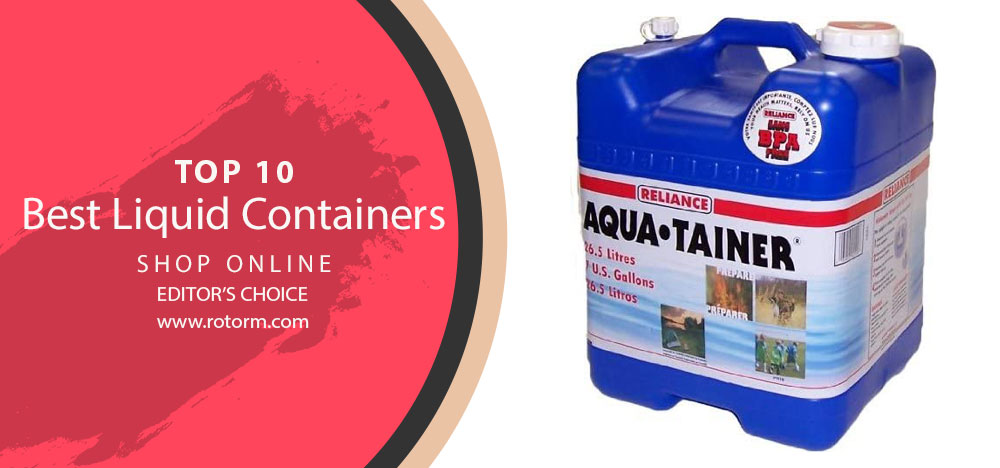
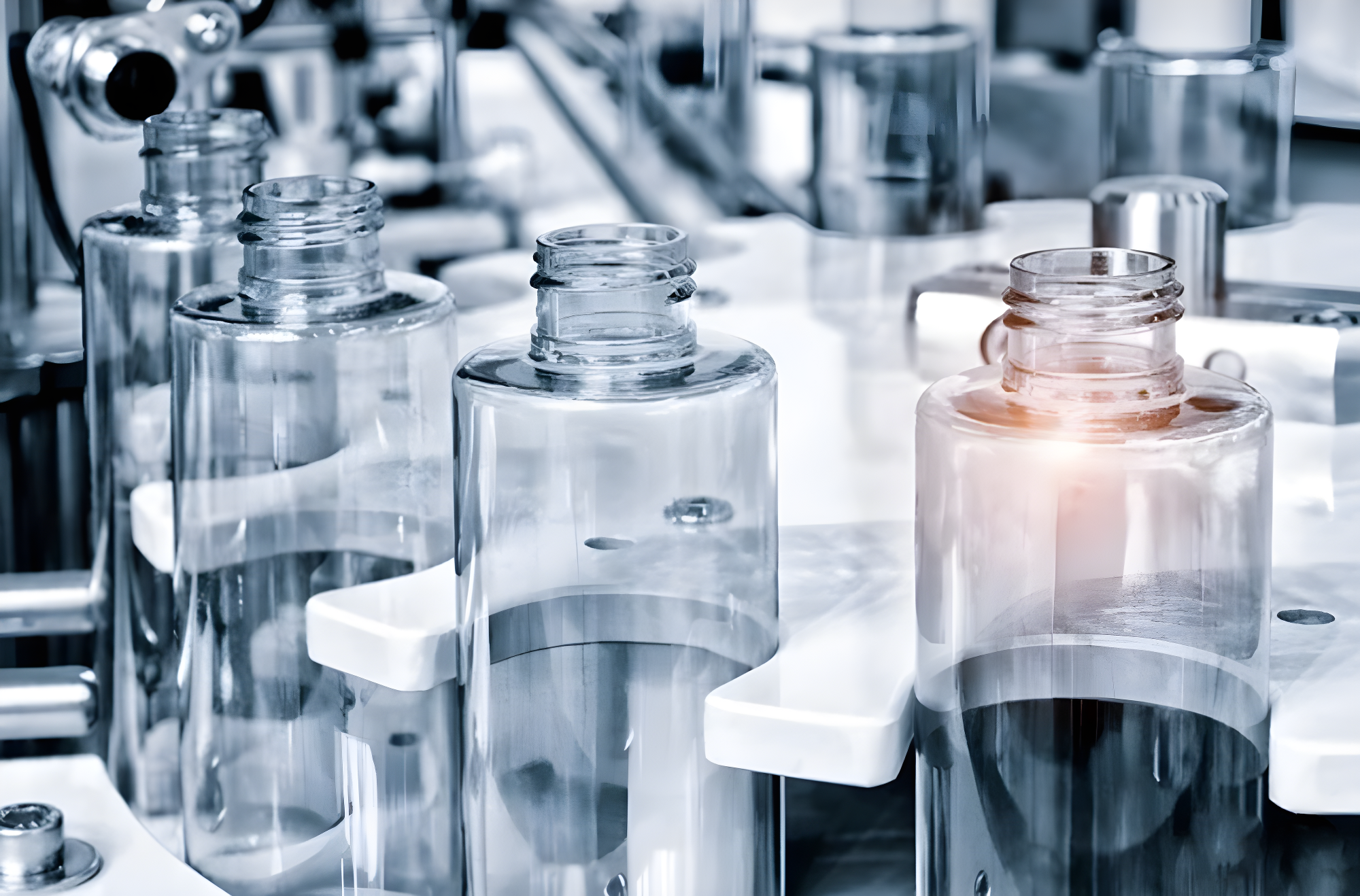
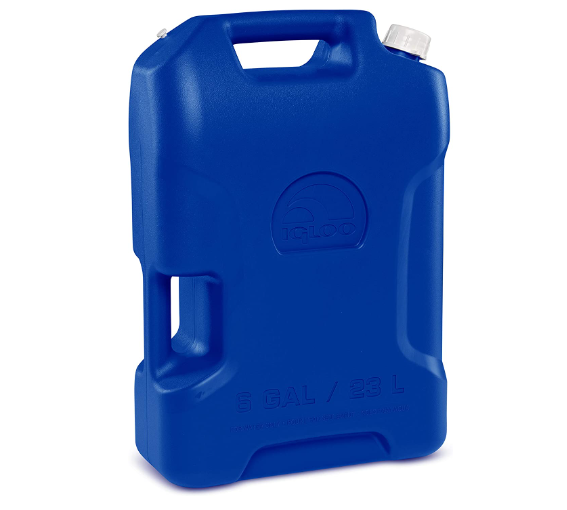
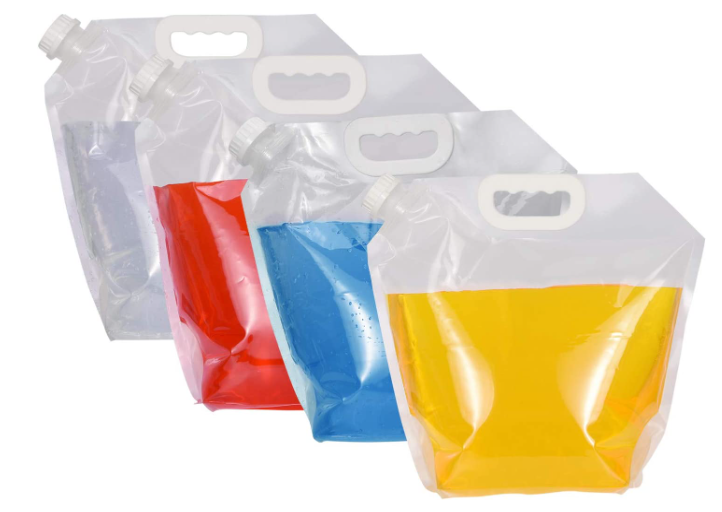
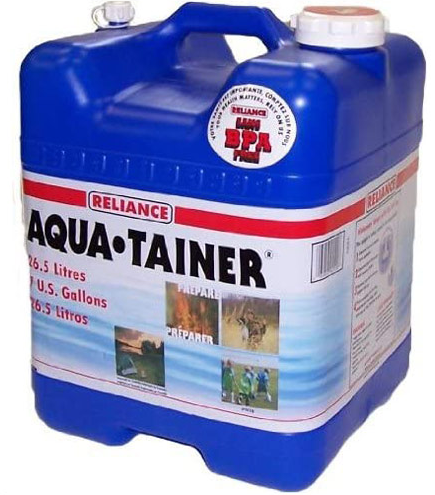
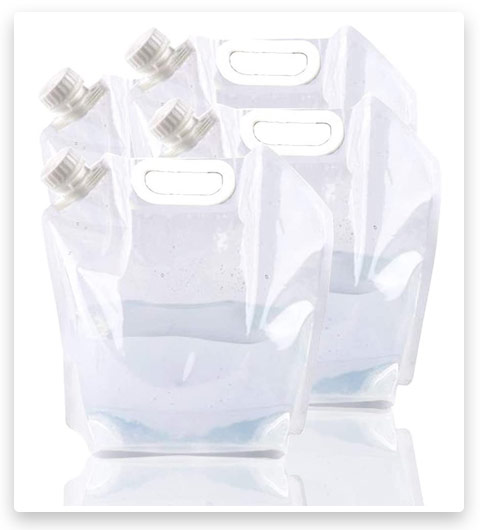

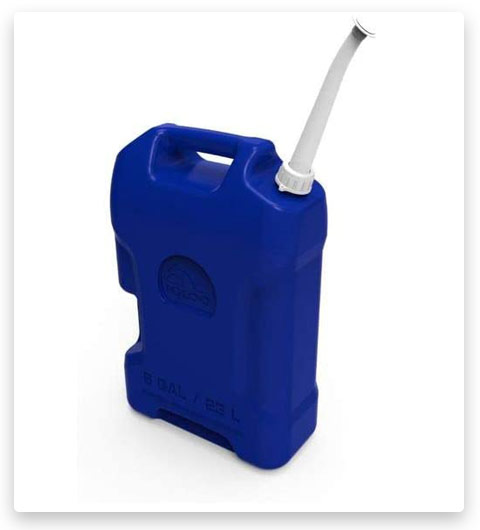
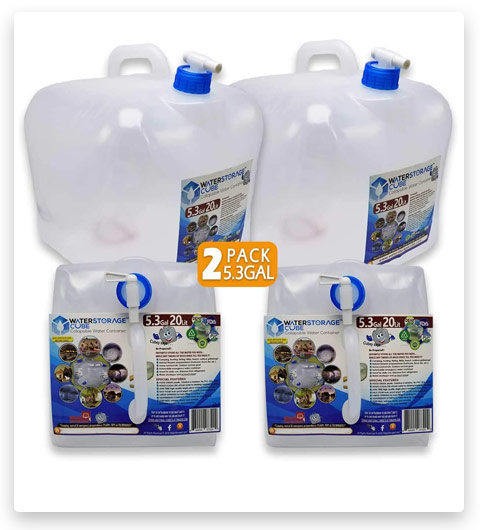
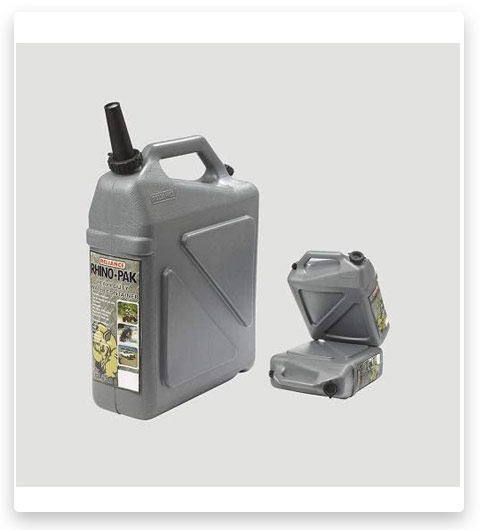
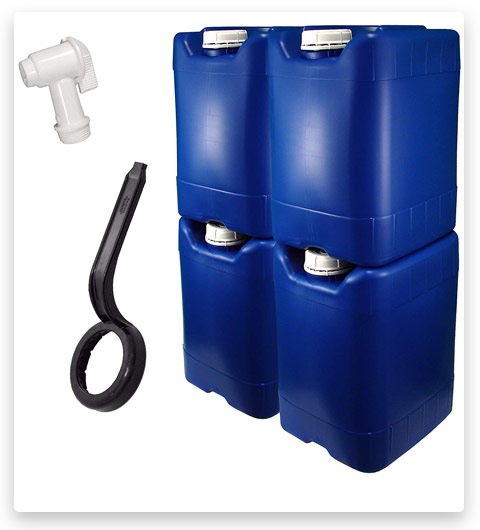
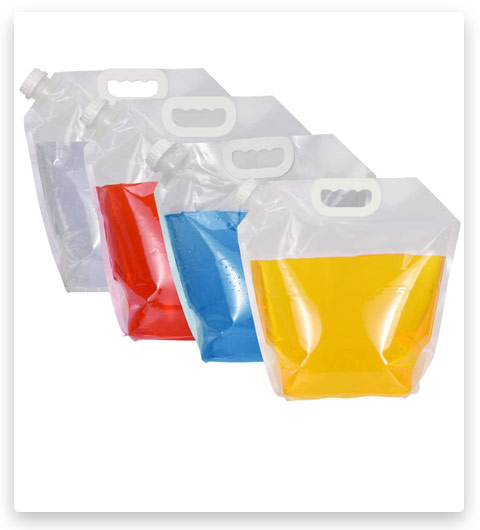
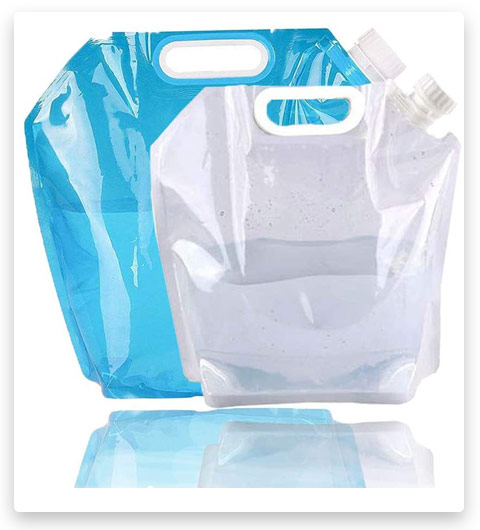
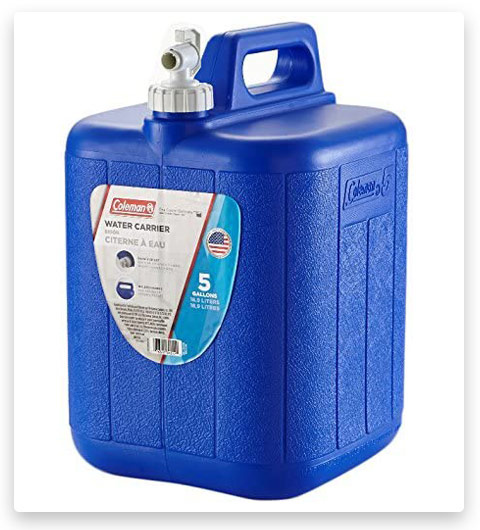
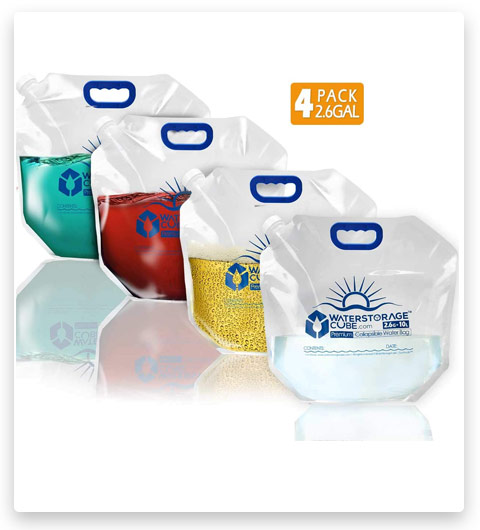
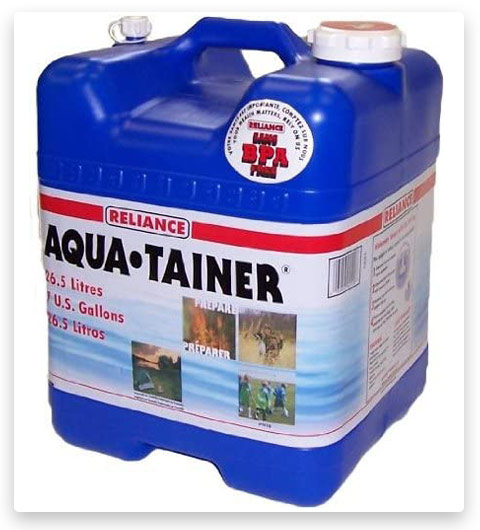
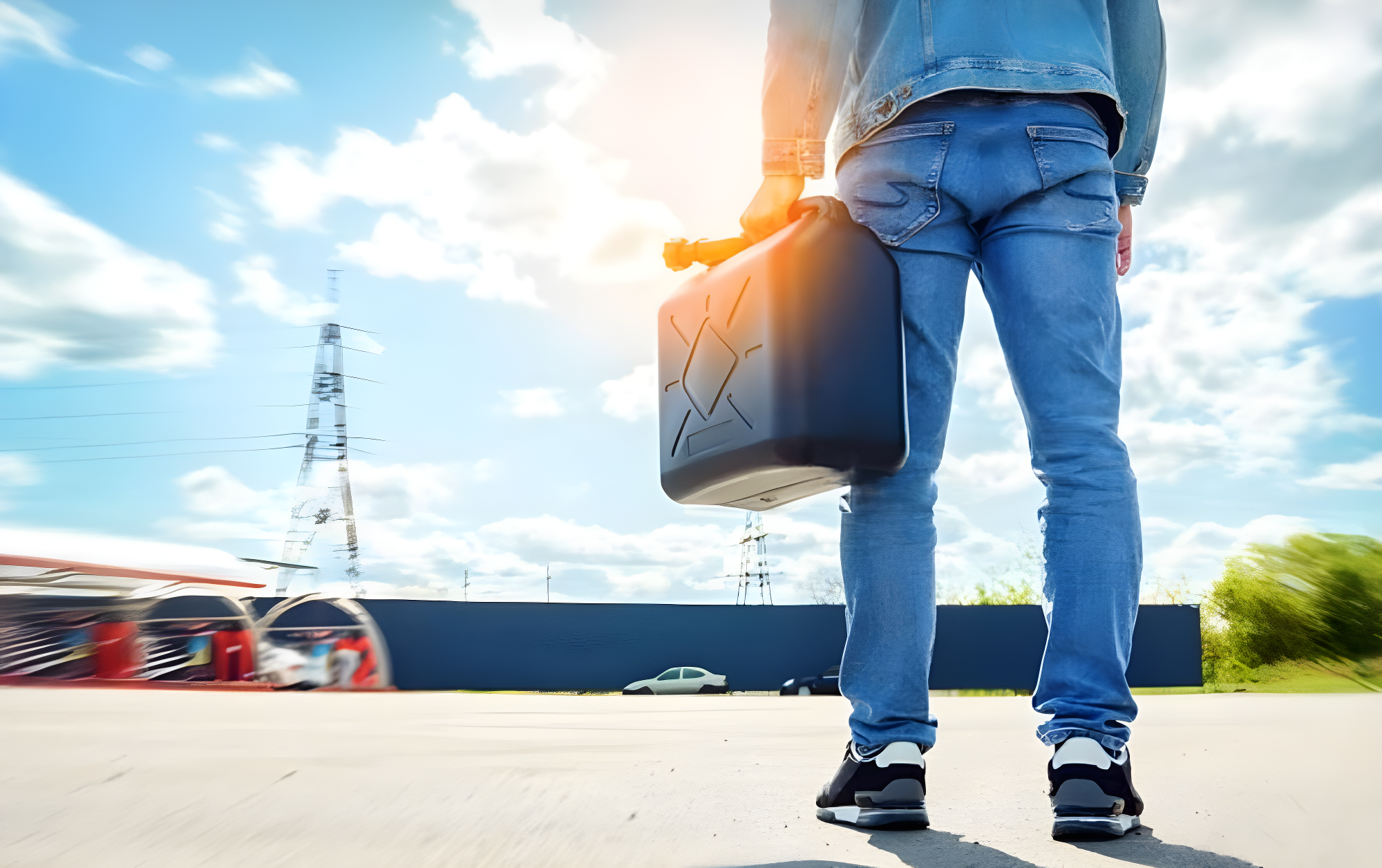
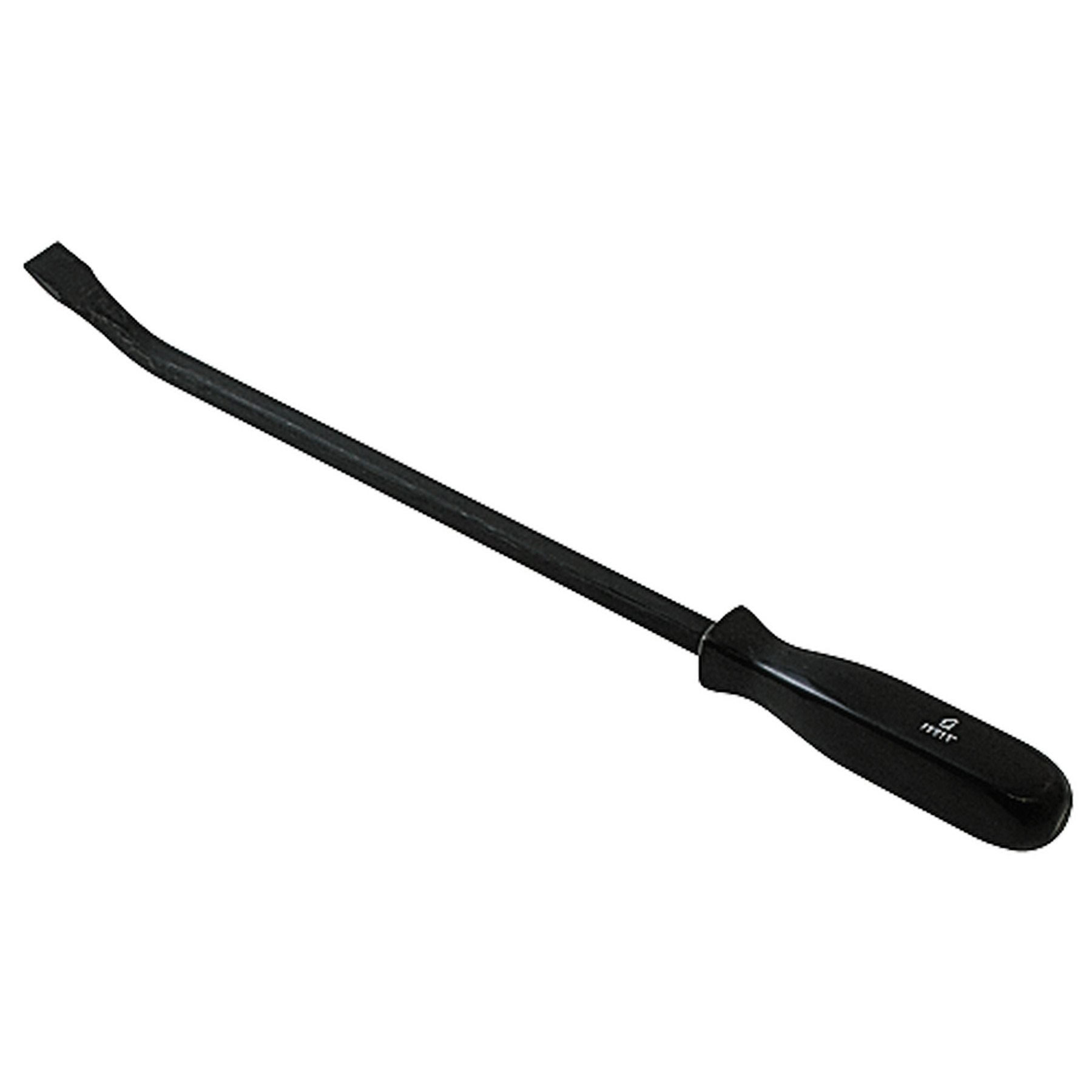
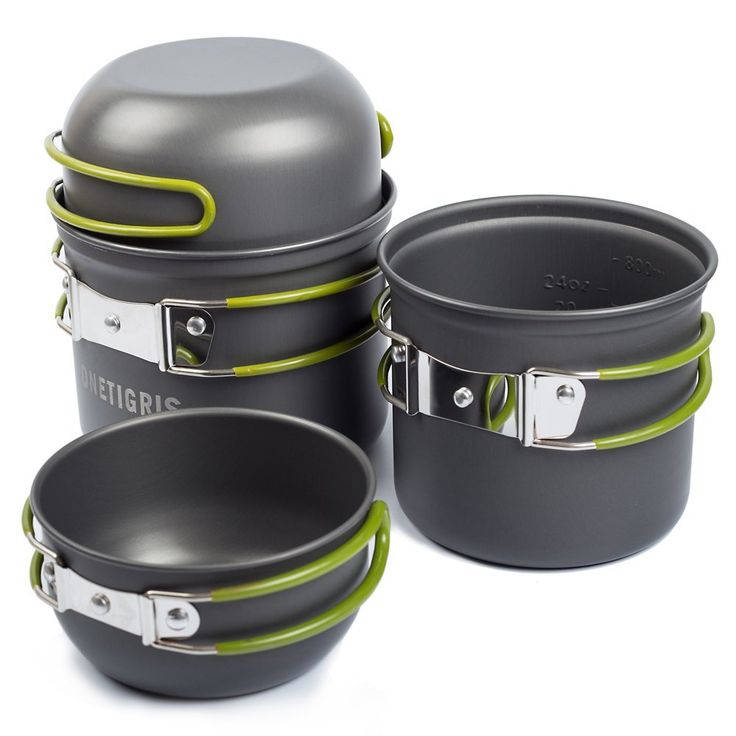
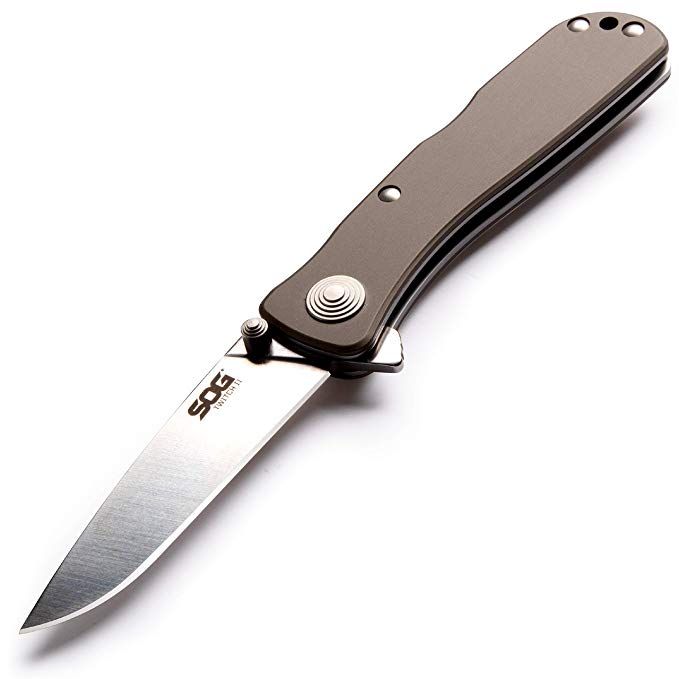
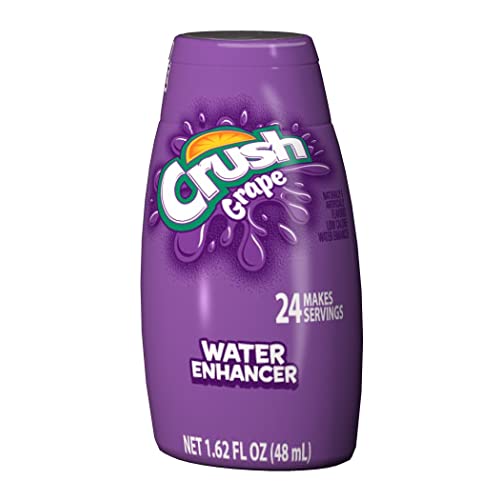
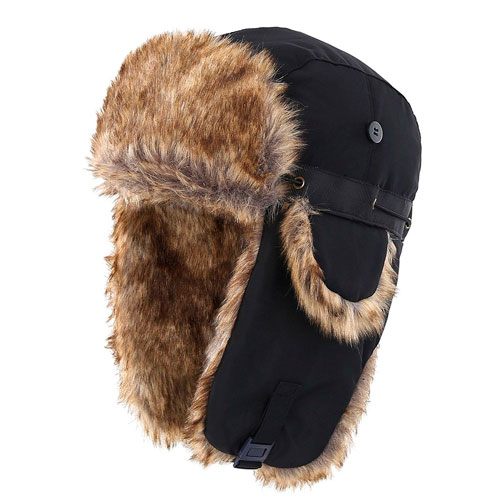
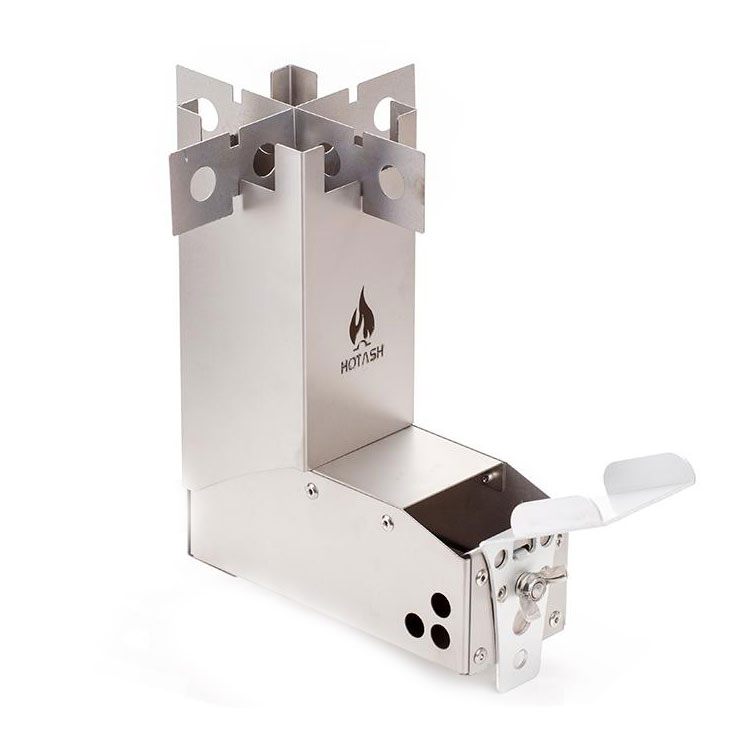
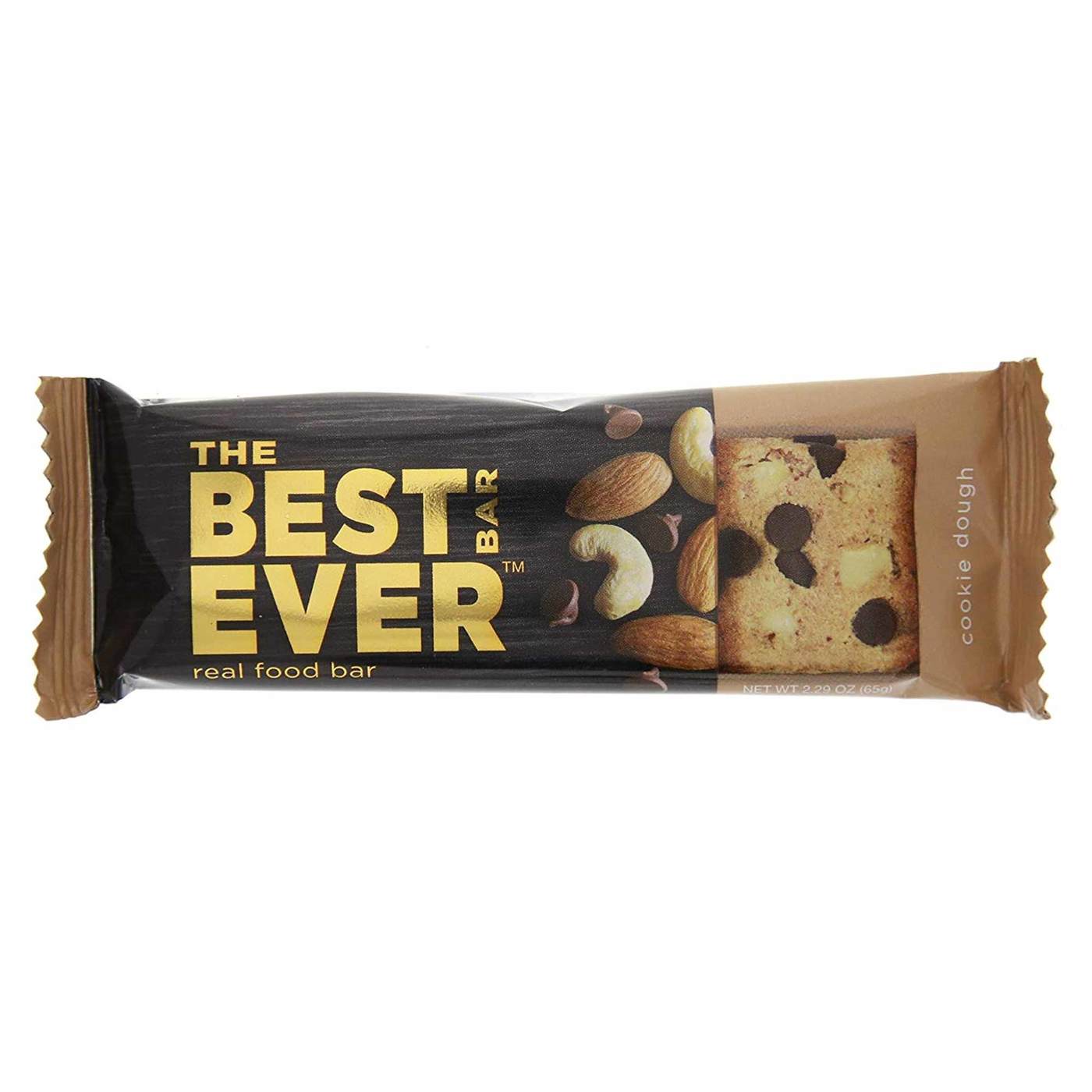
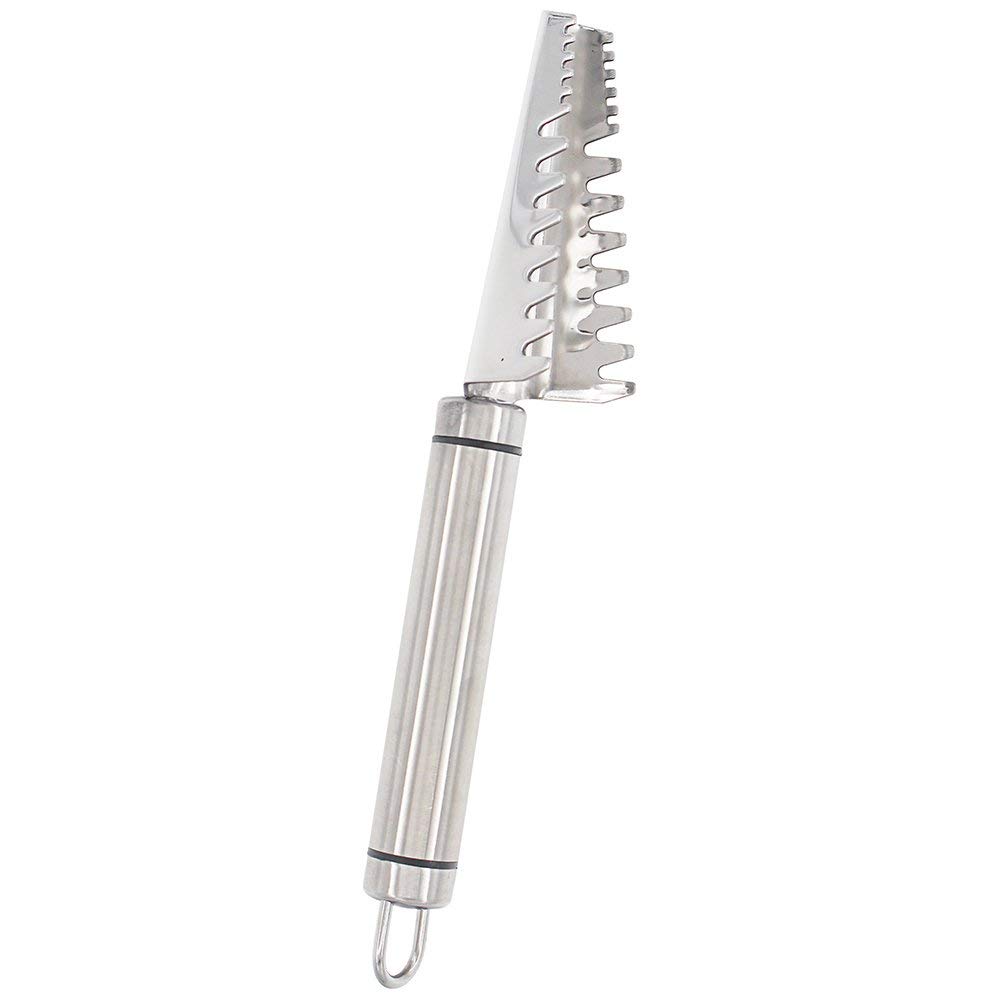
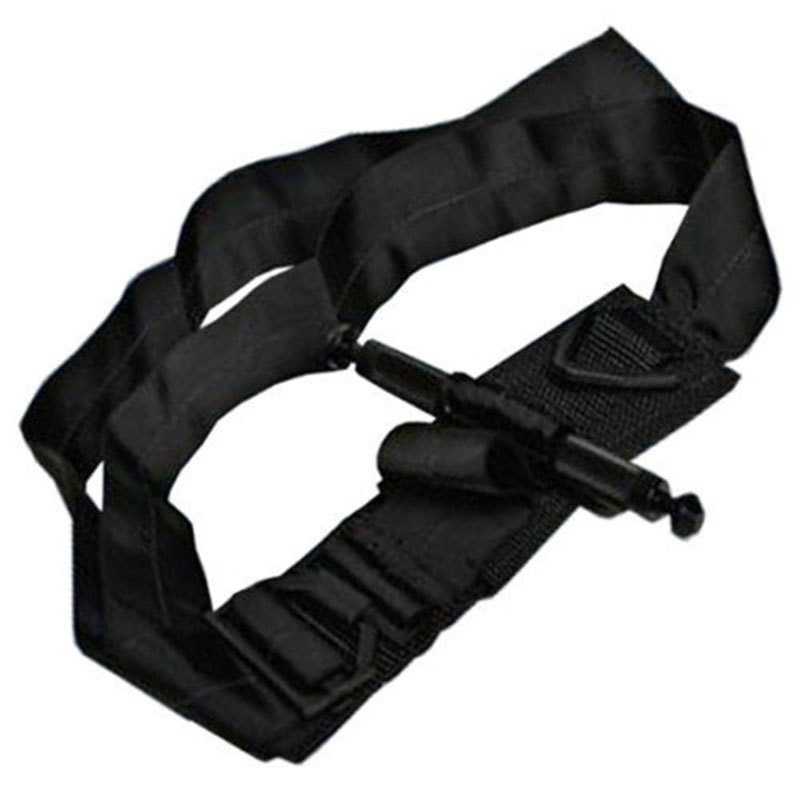
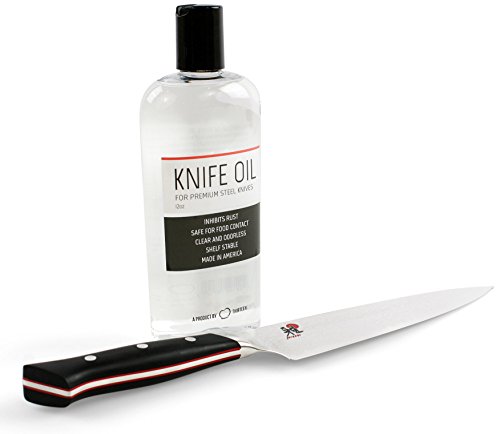
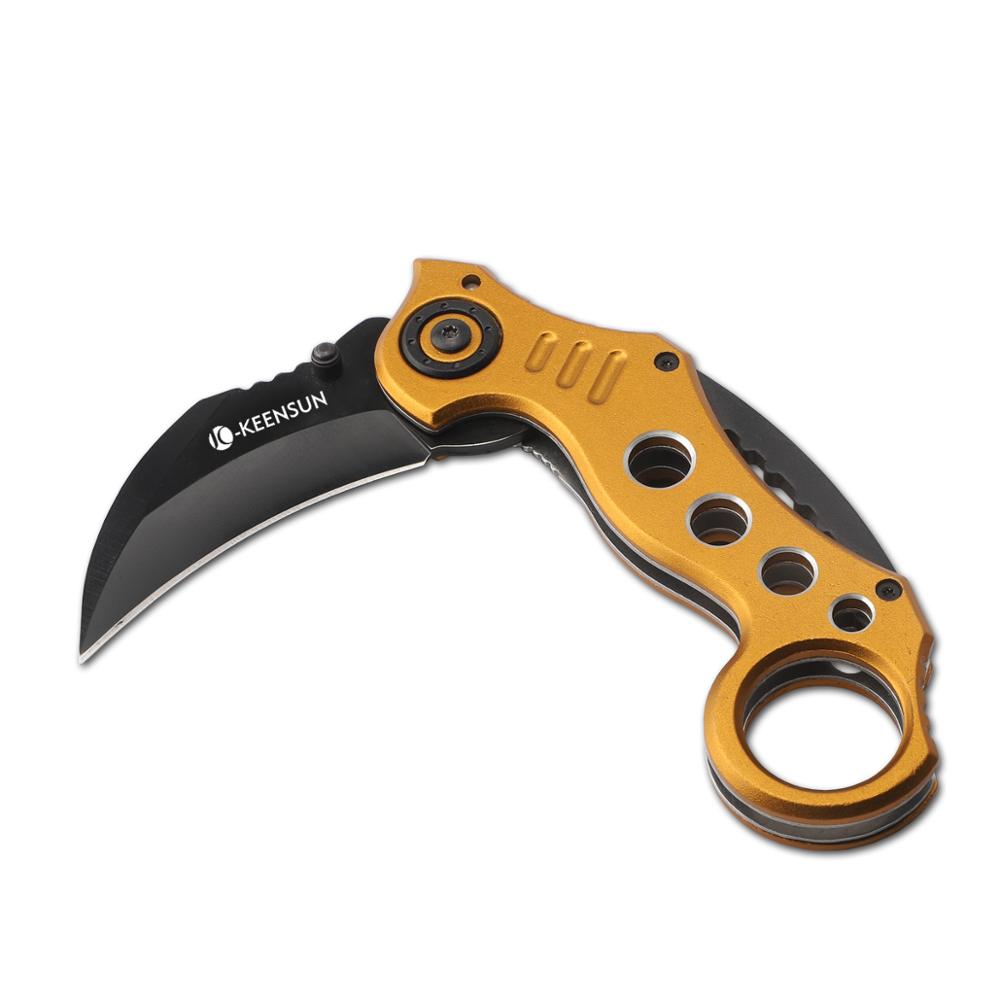
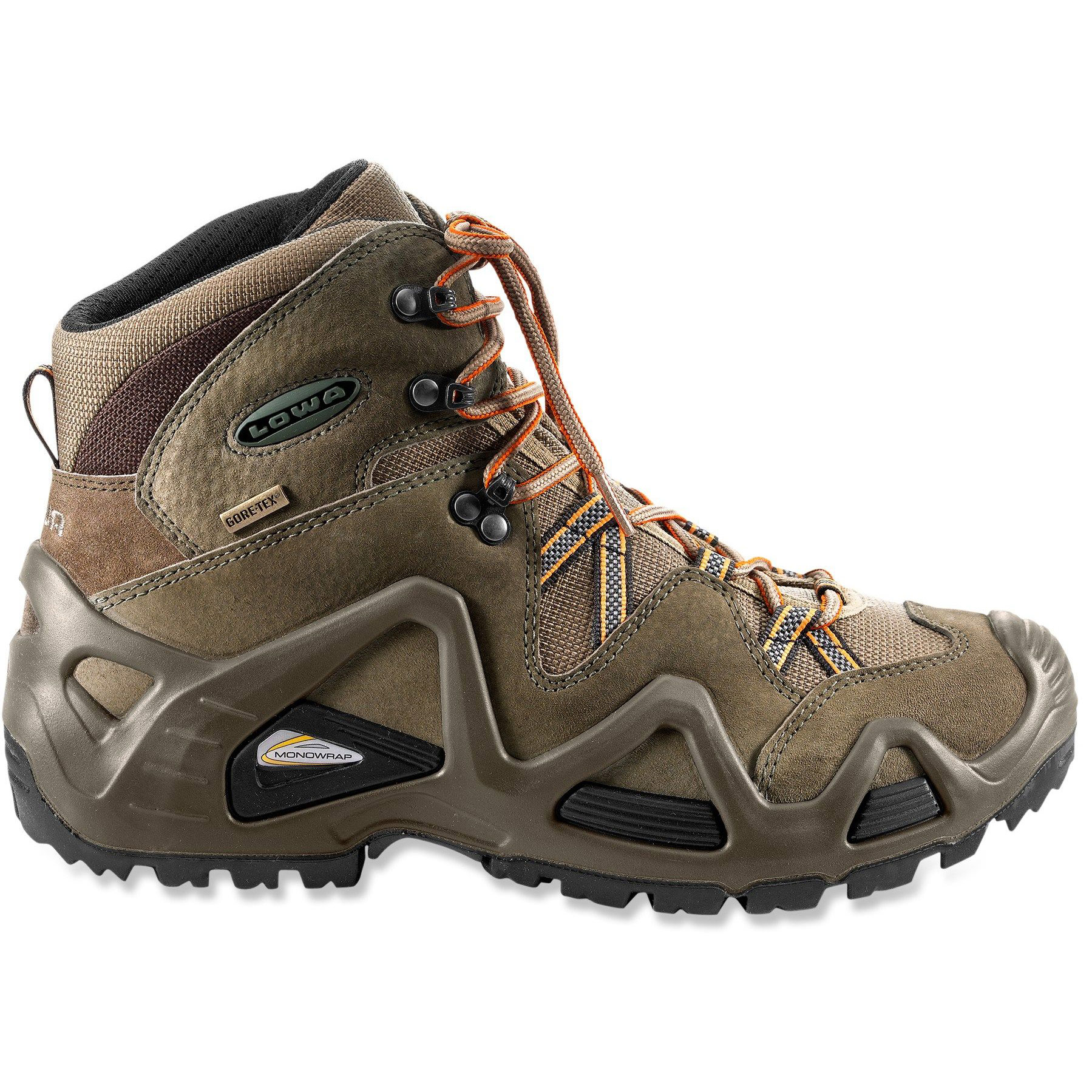
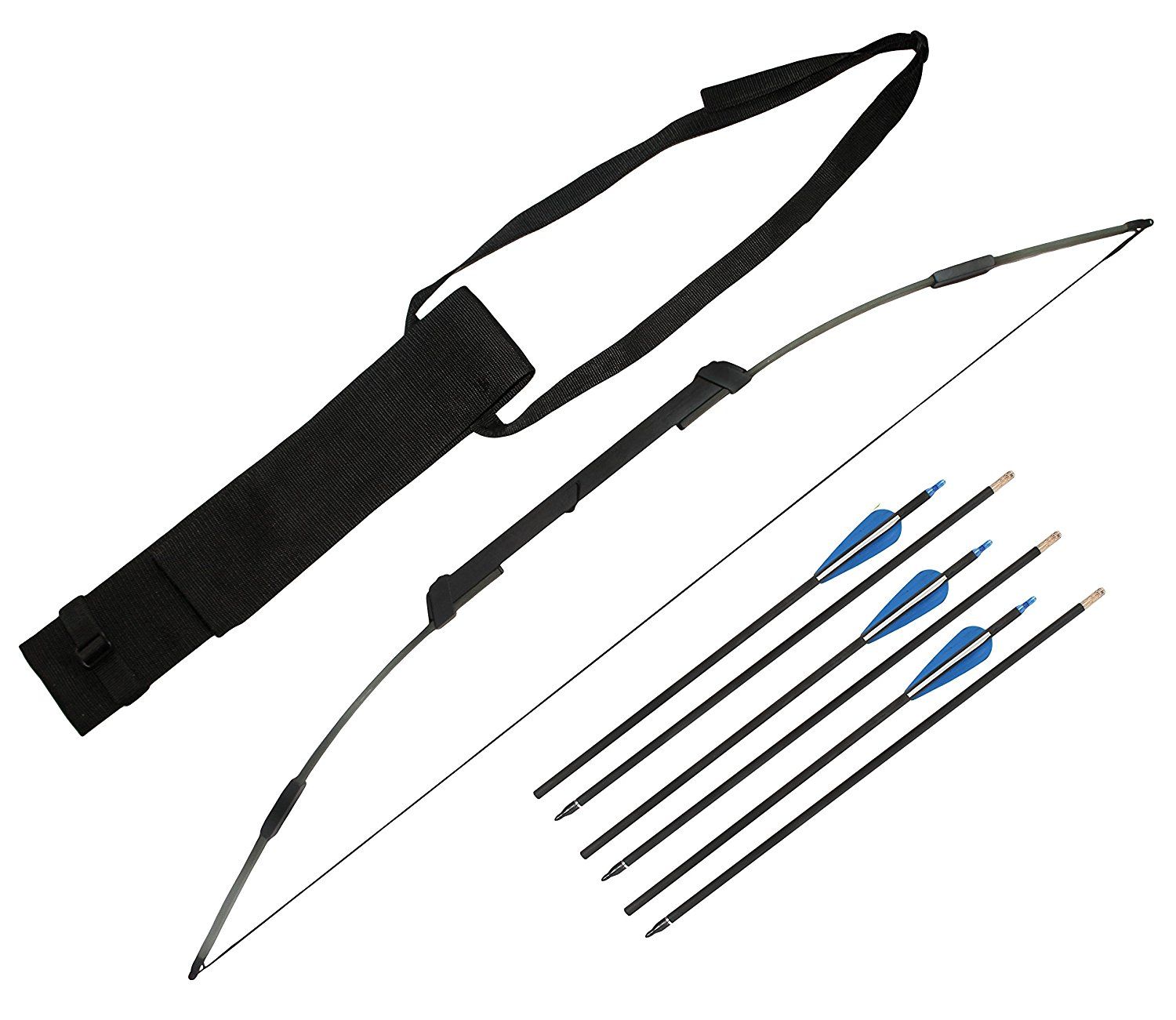
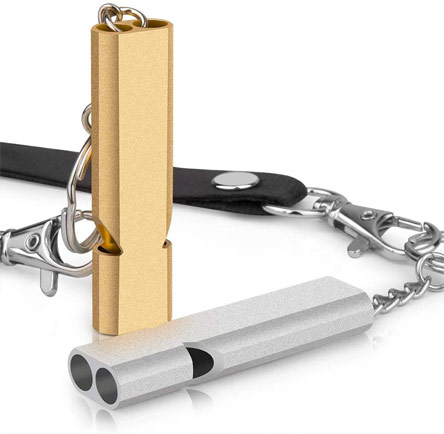
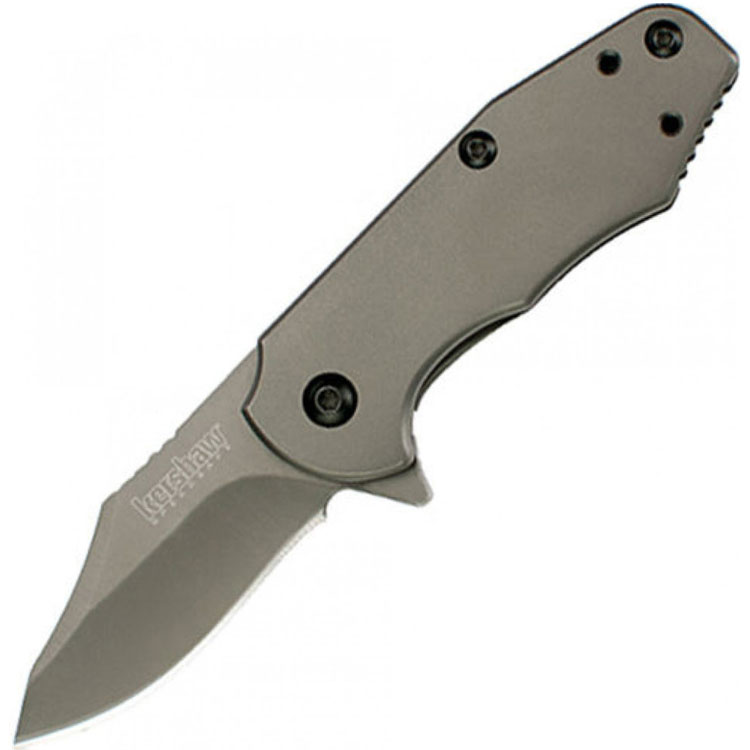
I was uncertain about whether I would enjoy using WaterStorageCube containers, but I have been pleasantly surprised and grateful that we made the purchase. The water storage cubes have proven to be space-efficient when not in use. When we do use them, they are incredibly convenient and easy to transport. They maintain a square shape quite well and appear to be sturdy since we haven’t experienced any leaks. We are currently utilizing the storage cubes on a boat, where commercially bought water jugs tend to endure some rough handling and eventually develop leaks. Now, we pour all the store-bought water into these water storage cubes, and we are delighted with the outcomes.
Hello! Are there eco-friendly liquid container options?
Greetings! ✅ Yes, there are several eco-friendly liquid container options available. Here are some examples:
➔ Stainless Steel Bottles: Stainless steel bottles are a popular choice for eco-conscious individuals. They are durable, reusable, and free from harmful chemicals found in plastic bottles. They can be used for carrying water, juices, or other beverages.
➔ Glass Bottles: Glass bottles are another eco-friendly option. They are recyclable and do not leach any chemicals into the contents. Glass bottles are suitable for storing various liquids and are often used for beverages like water, juice, or milk.
➔ BPA-Free Plastic Bottles: If you prefer a lightweight option, look for BPA (Bisphenol A)-free plastic bottles. BPA is a harmful chemical commonly found in plastic containers, but BPA-free bottles are made from safer alternatives. While they are not as eco-friendly as stainless steel or glass, they can still be reused and recycled.
🔔 When selecting eco-friendly liquid containers, consider their reusability, recyclability, and overall environmental impact. Opting for durable, reusable options and properly recycling or disposing of them after use can further enhance their eco-friendliness.
Guys, from my experience I can say that Reliance Container is an excellent multipurpose product. It proves incredibly useful during camping trips, especially when the campsite lacks running water. It serves as a reliable source of drinking water and also functions as a convenient faucet for washing. To maintain cleanliness, we employ a few additional items: a collapsible 18-inch step stool, which prevents the ground from becoming muddy near our walking area, and a couple of bungee cords, which secure the container on the step stool, preventing it from sliding off.
The most efficient method I’ve discovered for cleaning the container’s interior involves taking it into the shower with me. I fill it approximately one-third full with water and add a small amount of dish soap. After securing the cap tightly, I vigorously shake the container for about a minute. To ensure all soap and suds are removed, I turn it upside down, empty the contents, and then use the power spray setting on my handheld shower head to spray water upwards into the container. I repeat this process until no more sudsy water is running out. Although one could perform the same procedure outdoors with a hose, using the shower offers the advantage of cleanliness, as you are already getting wet, and the water tends to be cleaner.
I have experimented with various water containers for my off-grid cabin, but they always seem to crack or break with continuous use.
However, the Rhino container stands out as a remarkable exception. I acquired a set of five (unfortunately, one was lost due to my negligence when it fell out of my trailer unnoticed—I should have secured it properly), and these containers have proven to be incredibly durable. They have endured rough transportation on my ATV to reach my cabin, and I must say, they are impressively strong. If I happen to lose any more, I wouldn’t hesitate to purchase another one immediately. Furthermore, they come at a great price, making them even more appealing.
This is quite possibly the best one can come to achieving success, and I would confidently wager a 50/50 chance on its safe descent from the mountain. In stark contrast, none of the other containers I’ve had can boast such odds.
Can liquid containers affect the taste or quality of liquids?
☑️ Yes, liquid containers can affect the taste or quality of liquids under certain circumstances. Here are a few ways in which containers can impact the characteristics of liquids:
🛑 Material Composition: The material from which a container is made can interact with the liquid and potentially alter its taste. For example, certain metals like copper or aluminum may react with acidic or alkaline liquids, leading to a metallic or off-flavor taste. Plastic containers, especially those made from low-quality or non-food-grade plastics, may release chemicals into the liquid over time, affecting its taste and quality.
🛑 Permeability: Some containers, especially those made of certain types of plastic or thin materials, may be permeable to air, moisture, or other substances. This can result in flavor loss or contamination of the liquid, compromising its taste and quality. It is particularly important for certain beverages, such as wine or spirits, to be stored in containers that are impermeable to oxygen to maintain their desired flavors.
🛑 Light Exposure: Certain liquids, such as beer or certain types of wine, are sensitive to light exposure, especially ultraviolet (UV) light. Clear glass or transparent containers can allow UV light to penetrate and degrade the liquid, resulting in off-flavors or quality deterioration. This is why many beer and wine bottles are tinted or made of dark-colored glass to protect the liquid from light damage.
🛑 Storage Conditions: The way liquids are stored in containers can also impact their taste and quality. For instance, improper sealing or inadequate closure mechanisms may allow air or moisture to enter the container, leading to spoilage or flavor changes. Temperature fluctuations, especially in the case of heat-sensitive liquids, can also affect the liquid’s stability, freshness, and taste.
💡 To ensure the best taste and quality of liquids, it is advisable to use containers that are specifically designed for the intended purpose, made from food-grade materials, and provide appropriate protection against light, air, and moisture. Additionally, proper storage conditions, such as maintaining suitable temperatures and avoiding prolonged exposure to unfavorable environments, can help preserve the taste and quality of liquids.
I’m absolutely thrilled with the Nainsect water tanks I’ve recently acquired. As an avid backpacker, I require a reliable container for filtering and carrying clean water. In the past, I relied on a platypus tank, but its weight and the persistent issue of the zipper top constantly coming undone made it far from ideal. However, these water tanks from Nainsect have proven to be a game-changer. With a secure cap and a simple spout for pouring, they provide a hassle-free experience. I can effortlessly run the filter tube into the tank, and it remains stable on the ground without any risk of toppling over. Once the filtration process is complete, I can conveniently seal off the tank with its cap. Moreover, when empty, the tank folds flat and is incredibly lightweight, making it a breeze to pack. The affordability of these tanks also allows me to confidently let my scouts use them without worry. In case a tent stake accidentally punctures a tank during backpacking, I can easily discard it without causing a crisis.
I have frequently utilized the Reliance Products container during numerous camping excursions, and it has consistently proven to be a reliable companion. I am particularly fond of the on/off valve feature, as it enhances its functionality as an outdoor kitchen accessory.
For the past couple of years, I have relied on four of these containers without any issues. I follow a routine of changing the water and cleaning them every 90 days, ensuring their longevity and optimal performance. These containers have never leaked and are incredibly user-friendly.
I have found this container to be extremely useful during my long road trips into wilderness areas. While I cannot guarantee the spigot’s complete leak-proof nature under extreme conditions, I have always stored it in an upright position with the cap on top. It appears to be reasonably leak-proof, which suffices for my needs. When I’m ready to use it for a short period, I simply tilt the tank 90 degrees, ensuring that the spout isn’t obstructed by any overhang (usually positioned outside the back hatch area of my car). This setup essentially transforms it into a portable faucet, allowing for easy and convenient use without requiring any modifications. I appreciate the square base design as it offers enhanced stability during transportation, even on challenging dirt roads. In contrast, I had experienced tipping issues with another vertically-shaped and narrower tank, which seemed more suitable for being strapped in (unlike my current setup in the back hatch). Considering its reliability, I might consider acquiring an additional tank in the future as a backup water supply. The water stored in this container generally maintains a pleasant taste, although I do recommend changing out any unused water after a couple of weeks to ensure freshness.
The price of this container is fantastic, especially considering its generous water-holding capacity. Moreover, the spout is impeccably designed, providing seamless functionality.